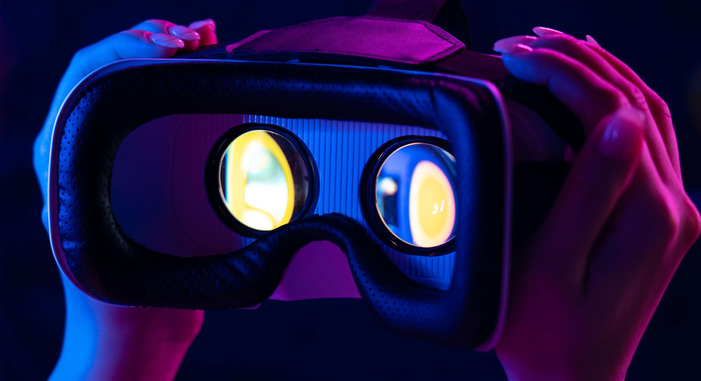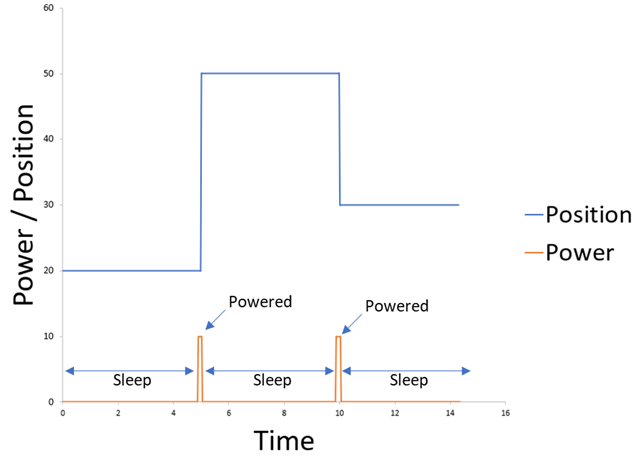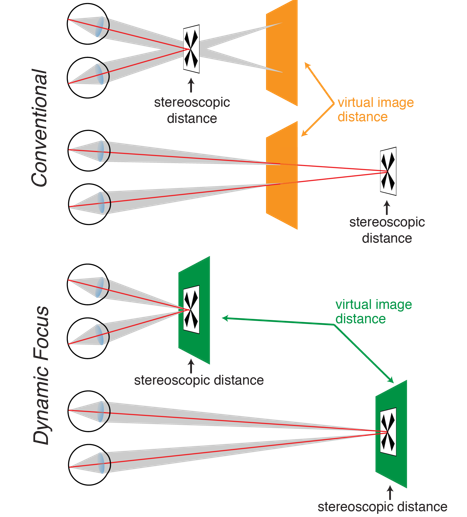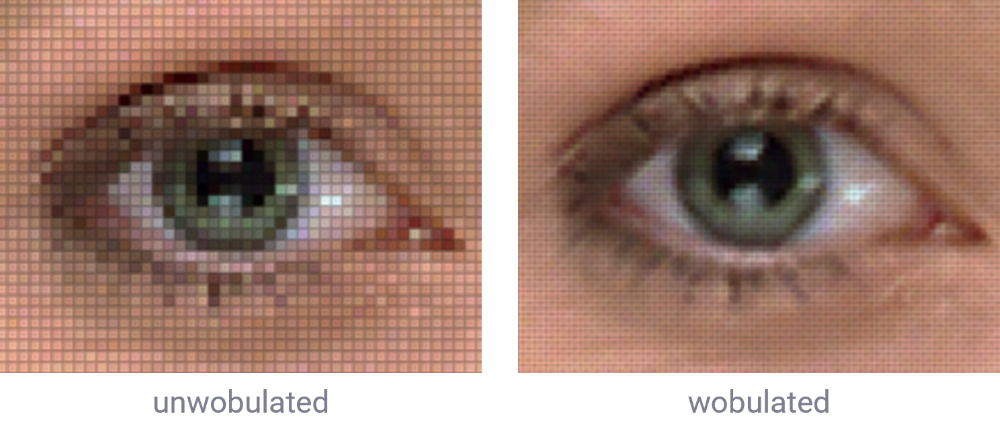25 Sep 2023
Active focus compensation in AR/VR devices - enabled by Zero Hold Power shape memory alloy actuators
By Josh Carr, Senior Business Development Manager
The augmented reality (AR) and virtual reality (VR) industry is developing rapidly, especially the display technology. Until now, headsets in mass production have used fixed-focus optics. Adding dynamic focus adjustment enables new features to improve the users’ experience. Cambridge Mechatronics’ unique Shape Memory Alloy actuators are ideally suited to this application where high force, precise actuation is required without compromise to size or power consumption.

Cambridge Mechatronics Ltd (CML) has developed Zero Hold Power (ZHP) actuator technology which enables focus correction at very low average power consumption. By leveraging the high force-to-weight ratio of SMA this actuator architecture only draws power to move between positions. Therefore, with ZHP technology, the average power consumption is drastically reduced, offering a clear benefit over traditional focus correction mechanisms which often demand constant power, draining the battery. Therefore, this technology is ideal for applications requiring occasional position changes and are constrained on battery size.
The process of moving to a new position is straightforward—the actuator is turned on, CML’s driver chip delivers power to the actuator to move to the new location, using its closed-loop feedback to ensure precise positioning. Then the actuator is powered off until the next correction is needed. The position is maintained after power to the actuator is turned off.

Thermal drift focus
Our SMA Zero Hold Power technology has several applications in Head Mounted Display (HMD) systems. A first use-case is to compensate for thermal focus drift (athermalisation). This is where a change in the temperature causes the optics to change focus, diminishing the system performance. The ZHP actuator intermittently and accurately repositions the optic to prevent loss of performance. An additional benefit is that this architecture can remove the requirement for expensive and heavy glass lens elements. Thanks to the zero hold power feature this is achieved without compromising on the system power consumption. Athermalisation is important in many other markets including IoT cameras and front-facing smartphone cameras.
Varifocal displays
Another application of CML’s Zero Hold Power technology, and one of the most exciting, is varifocal display systems for virtual reality (VR) headsets. In such systems, lenses or displays are dynamically adjusted relative to each other to change the virtual image distance. This means the virtual image distance can match the viewer's stereoscopic distance. By eliminating the need for continuous power, ZHP actuators can contribute to an optimal VR experience with minimum impact to power consumption.
In the image below, the use of a fixed focus lens in conventional near-eye displays means that the magnified virtual image appears at a constant distance (orange planes). The eye adjusts its shape, or ‘accommodation’ to focus on this distance. However, by presenting different images to the two eyes they will change their vergence and this is interpreted as a stereoscopic distance. The conflict between vergence and accommodation causes nausea and poor user experience.

In contrast, in a dynamic focus display, the virtual image distance (green planes) is constantly updated to match the stereoscopic distance of the target. Thus, the vergence and accommodation distances can be matched. An extension to this is using similar actuator architectures for prescription correction, preventing the need for custom optical inserts.
Additional SMA actuator use cases in XR displays
CML’s SMA actuators can be used in several other applications in AR and VR devices. Another such application is "wobulation," a technique that micro-shifts pixels to enhance the display resolution. Additional benefits include enabling compensation for dead pixels and smoothing of pixel-to-pixel variations.

As AR, VR and XR technologies continue to evolve, there are many more opportunities for SMA actuators to solve key optical challenges. CML is delighted to be bringing its remarkable technology initially developed for smartphone cameras into exciting new opportunities such as XR headsets.
About CML: Cambridge Mechatronics Limited (CML) is a world-leading developer of mechanical, optical, electrical, silicon, and software designs for system-level solutions using its Shape Memory Alloy (SMA) platform technology. Actuator solutions based on SMA wire (thin as hair) can be controlled to submicron accuracy. These actuators are particularly suited to applications requiring high precision and force levels, in a fast, compact, and lightweight design.
For more details about SMA technology and Cambridge Mechatronics, please GET IN TOUCH.
